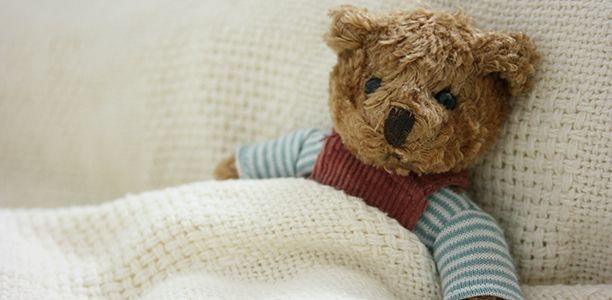Today 35 University of Tasmania medical students from years 3-5 acted as “teddy doctors” at the third “Teddy Bear Hospital” visit to Albeura Street Primary School.
Kindergarten and Prep children and their teddies visited different activity stations, each simulating different health care scenarios, such as Teddy waiting room, Teddy emergency, Teddy GP and Healthy Teddy. Each station included activities such as how to call the ambulance, looking in teddy’s ears, immunising teddy and keeping still for x-rays.
The Teddy Bear Hospital aims to reduce any anxiety children may have about doctors and health care through non-threatening, fun role plays and at the same time promote the importance of a healthy lifestyle. The teddy doctors can benefit from interaction with well children and gain a better understanding of the role of doctors from a child’s perspective.
The Teddy Bear Hospital concept was founded by the International Federation of Medical Students Associations and the University of Tasmania program is modelled on existing programs run by a number of universities in Australia and overseas.
The University’s Teddy Bear Hospital program was started in 2013 by senior medical students Angie Gates, Jess Paine and Nicole Choroszy under the guidance of the University’s Dr Judi Errey.
“We see the Teddy Bear Hospital as an extremely valuable program that has potential benefits for medical students and pre-school children,” said program leader and final year medical student Angie Gates.
Thanks to the positive feedback from Mount Stuart Primary School and Huonville Primary School and the support of the Faculty of Health’s School of Medicine, the Teddy Bear Hospital has expanded in 2014 to include a Teddy hand washing station and a station dedicated to promoting healthy eating.
The Teddy Bear Hospital plans to visit three more local primary schools this year.
(Source: University of Tasmania)










